This Plug-In Kit provides a complete replacement for the factory OE (original equipment) ECUs for the Lamborghini Huracan or Audi R8 engine. Using existing wiring, the original fuel system and sensors, it delivers convenient installation with fully programmable control.
Two M142 ECUs are supplied, one acting as a Master ECU, in which all common tuning adjustments are made, the other as a Slave ECU that takes commands from the Master, together providing full functionality plus Engine Torque Control and additional features unique to these vehicles.
Along with fuel, ignition, throttle and camshaft control, this Kit also supports other OE ECU features, including:
- Push button start
- 7-Speed DSG transmission integration with tunable shift cuts and blips
- Direct injector with high pressure fuel pump control, and secondary port injector control.
- Optional boost control via wastegate solenoids or servos
- Air conditioner control
- Variable speed fan control
- Map switching from driving modes (Strada, Sport, Corsa) and from cruise control buttons / stalk
- Fuel lift pump and coolant pump control
- Cruise control
- Integrated electronics for OE Lambda sensors
- All OE dash functionality including warnings

